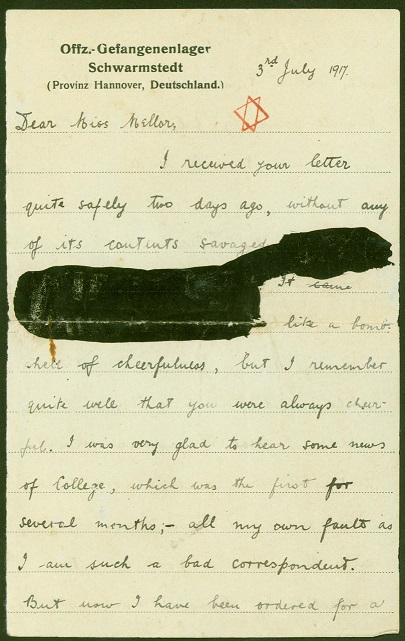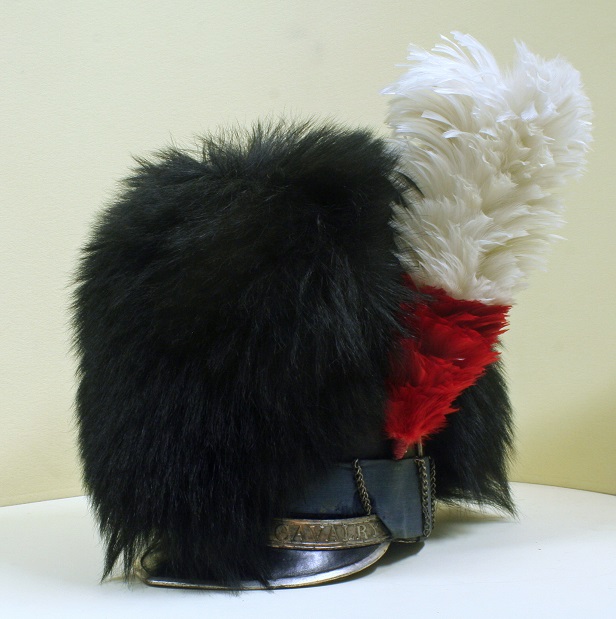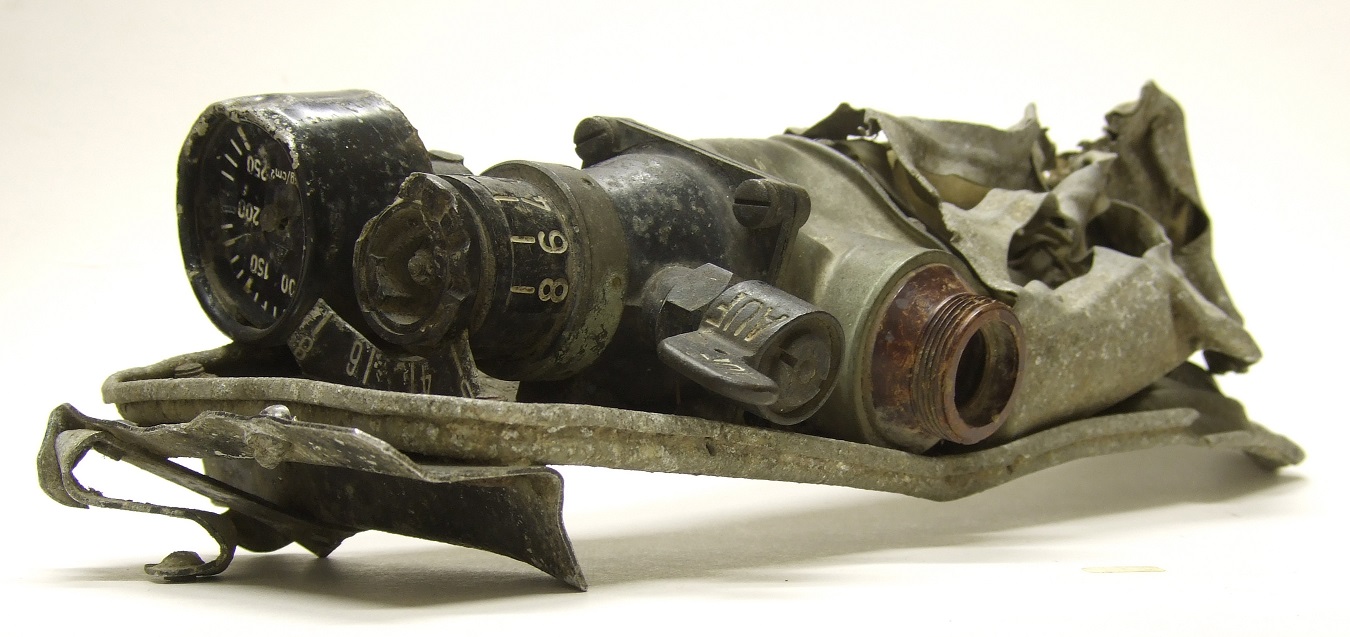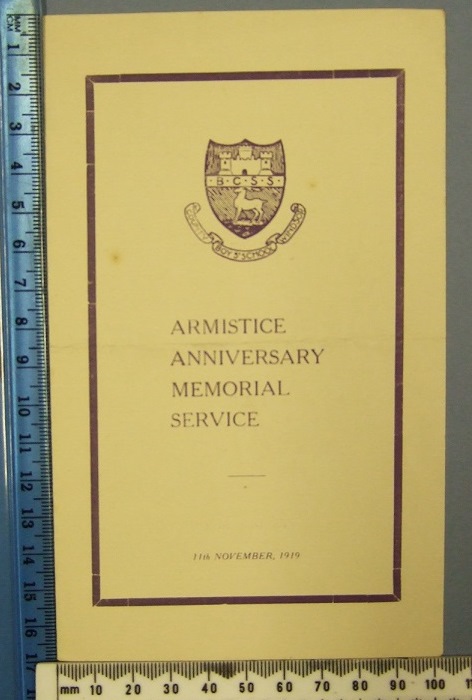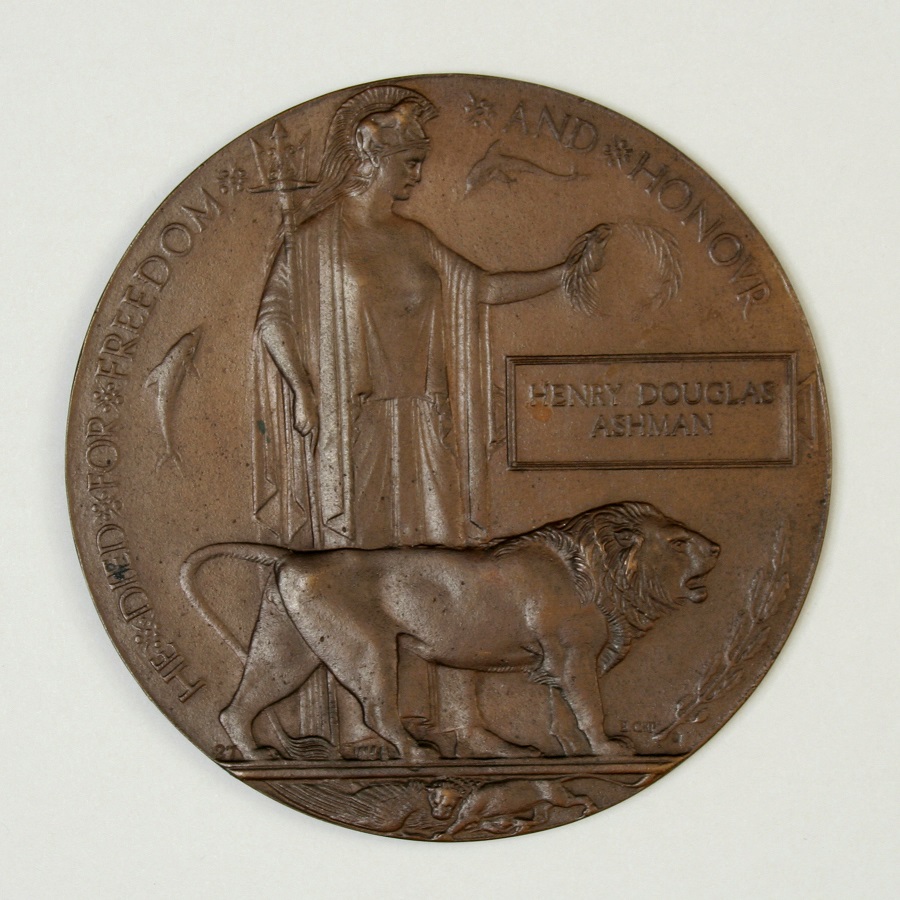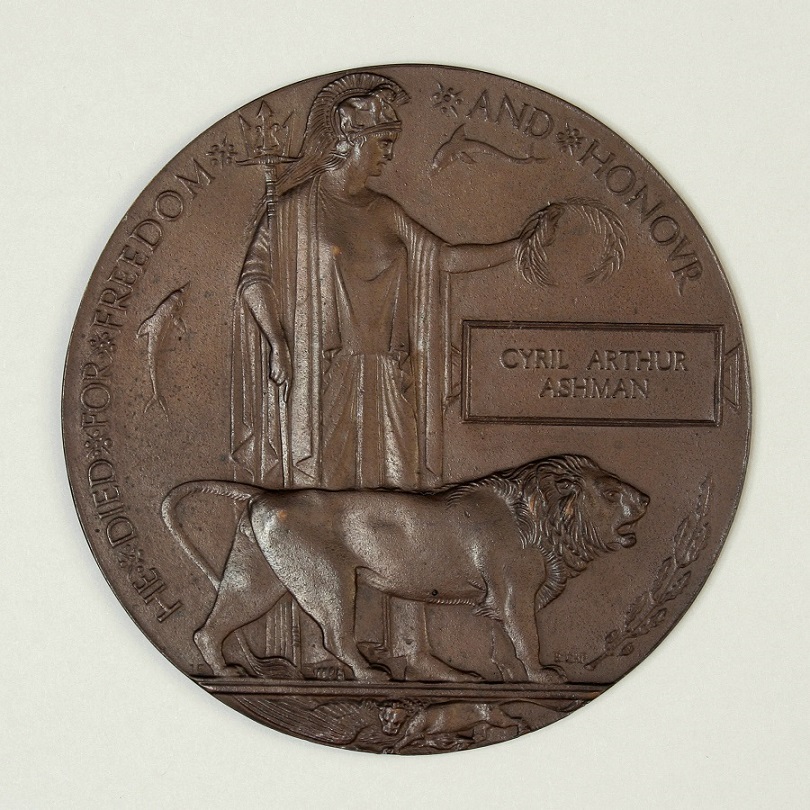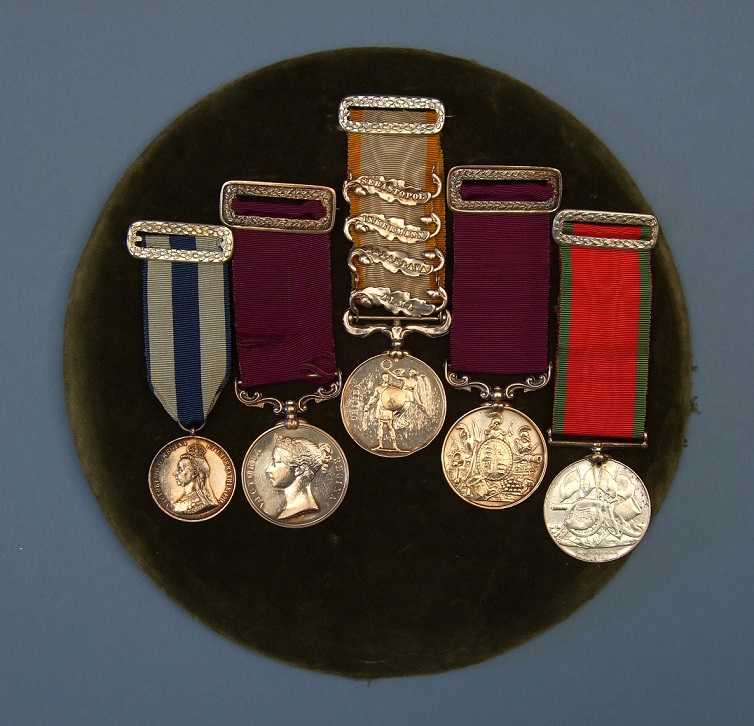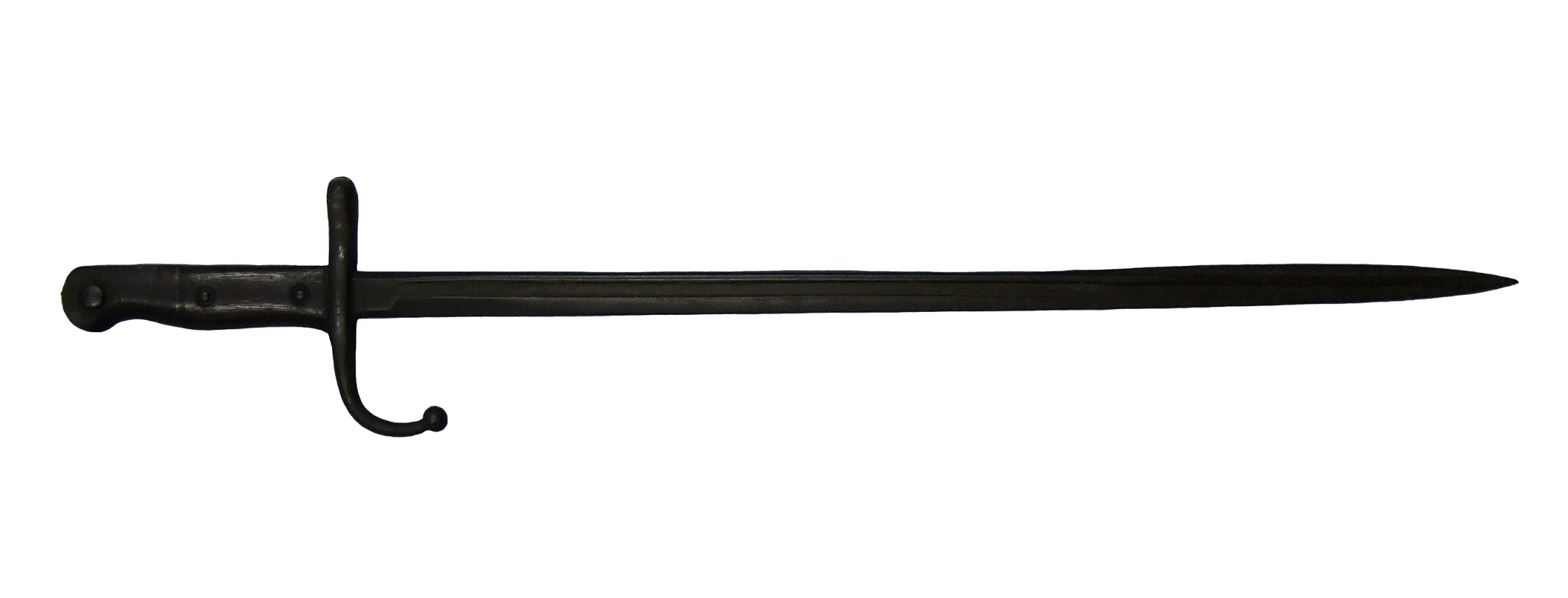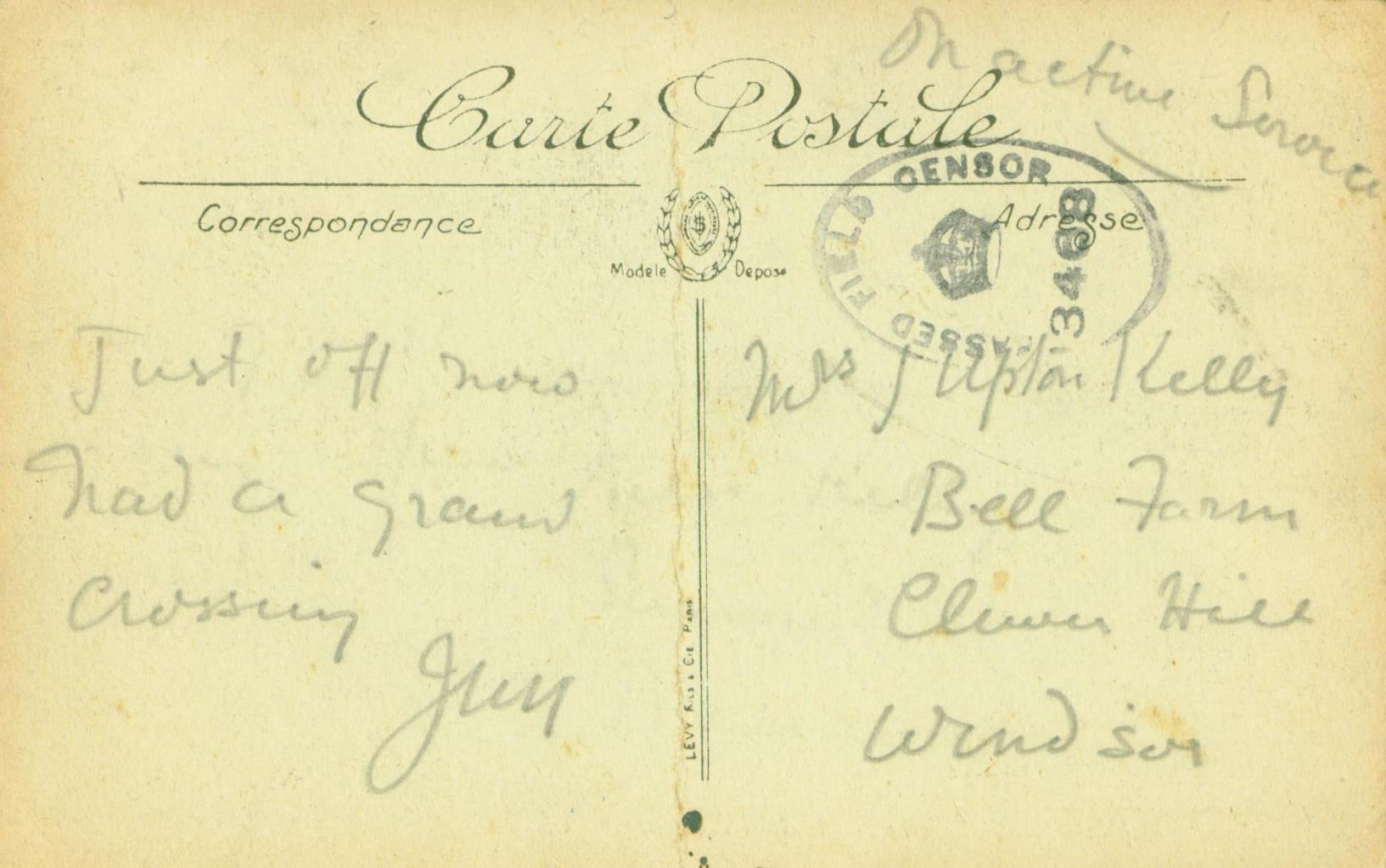
A postcard showing a black and white image of L'hotel des postes at boulogne-sur-mer, From "Jim"? who was " Just off now had a grand crossing". It is not dated but Jim's hand written note "On Active Service" and being stamped with 'passed field censor' shows that it was sent during World War 1. It is addressed to Bell Farm, Clewer Hill, Windsor. Boulogue-sur-mer was one of the main ports for Briti

